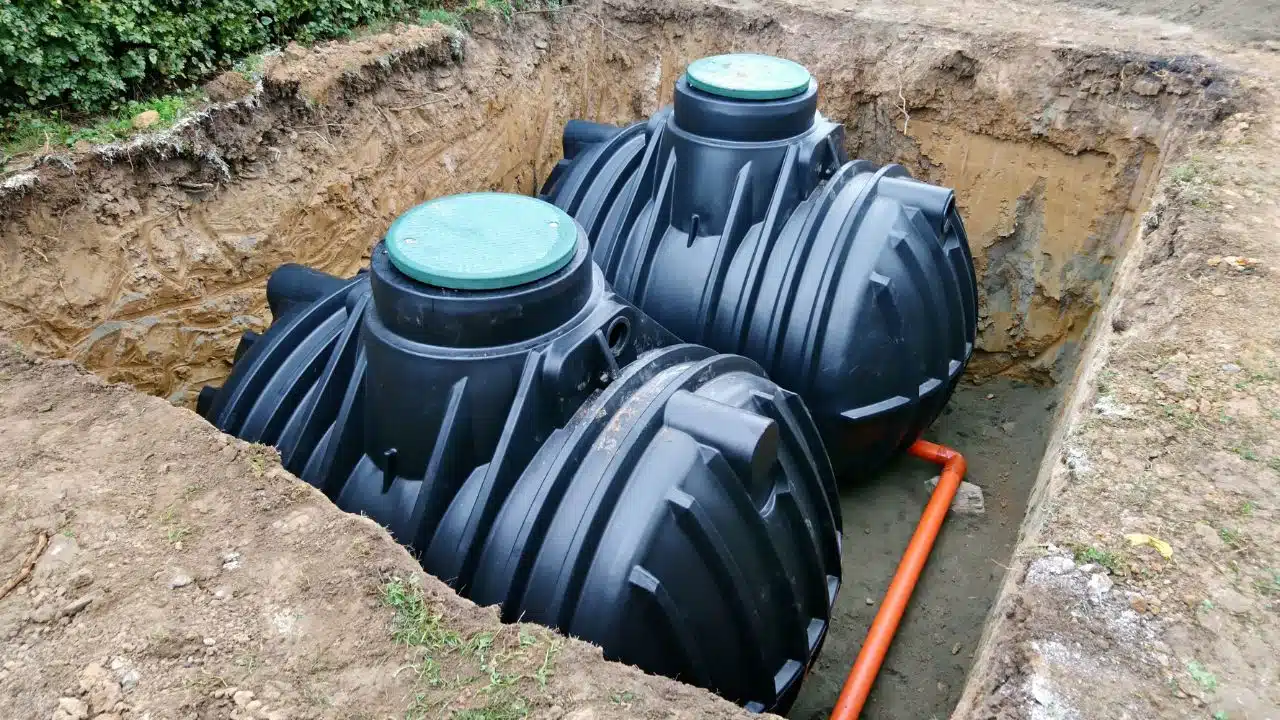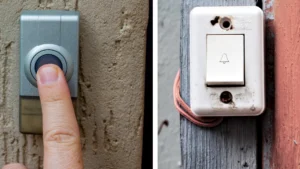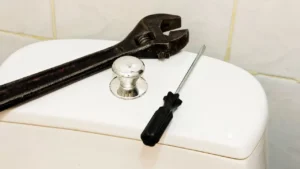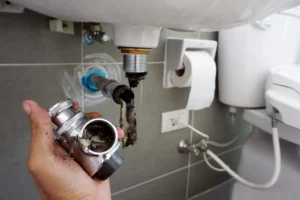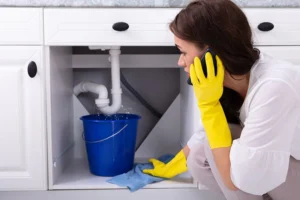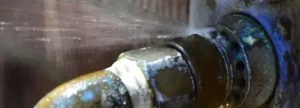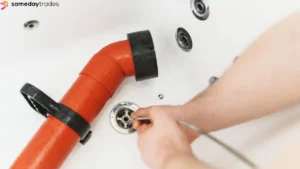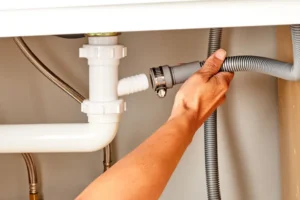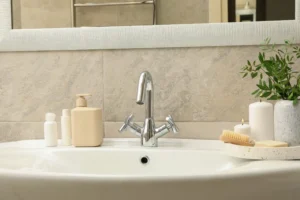Rainwater harvesting plumbing in Perth is gaining popularity as homeowners investigate how to save money, reduce water use, and adapt to Perth’s changing climate. While installing a rainwater tank is a great first step, your system is only as good as the plumbing that supports it. In this blog, we’ll explore smart plumbing tips specifically for Perth homes so you can collect, filter, and use rainwater more effectively — without running into costly issues later on.
Why Rainwater Harvesting Is Perfect for Perth
With long dry spells and short bursts of rainfall, Perth’s weather makes rainwater collection ideal. The months between May and September bring decent rainfall, but the rest of the year can be dry and hot. By collecting rainwater during the wet season, you can ease pressure on the mains supply, lower your water bills, and water your garden guilt-free.
But to really make the most of your setup, the plumbing has to be spot on — because without the right filters, diverters, and flow systems, your tank can quickly become a problem instead of a solution.
Use a Licensed Plumber for Installation
Rainwater systems may seem like a simple DIY job, but connecting tanks to toilets, laundry machines, and garden taps isn’t always straightforward. A licenced plumber will ensure every pipe and connection is done safely, legally, and efficiently. They’ll also install backflow prevention devices — which are mandatory if your tank is connected to your indoor plumbing — to stop contaminated water from flowing back into the mains.
Getting a pro to do the job saves you from long-term issues like leaks, contamination, or pressure problems — and makes sure your rainwater system meets all Perth plumbing regulations.
Choose the Right Tank Size
Choosing a tank that’s too small means you’ll run out of rainwater too quickly. Too big, and you could be spending extra on a setup that takes up more space than needed. The ideal size depends on how much roof area you have to collect water from, how many people live in your house, and what you’ll use the water for.
For example, if you’re only using the rainwater for garden irrigation, a smaller tank might be fine. But if you’re planning to supply toilets or laundry machines, you’ll need a larger one. A local plumber who handles rainwater harvesting plumbing in Perth can help calculate the perfect fit.
First-Flush Diverters Are a Must
Rainwater doesn’t come straight from the sky into your tank — it flows across your roof first. That means it can carry leaves, bird droppings, dust, and other debris. A first-flush diverter redirects the first few litres of rain (which are usually the dirtiest) away from your tank.
Installing one of these helps protect your water quality and stops sludge from building up inside your tank and pipes. It’s a simple add-on, but one that makes a massive difference in how clean and safe your harvested water stays.
Filters and Screens Keep Your Water Clean
If you plan to use rainwater inside your home — like for toilets or washing machines — then filtration is critical. You can install mesh screens at every inlet to catch leaves and insects. UV filters can kill off bacteria and pathogens, and inline filters before taps or appliances keep everything clean and safe.
Without proper filters, dirt and contaminants can damage your pipes, clog your systems, and even affect your health. That’s why most professionals in rainwater harvesting plumbing in Perth recommend a layered approach — multiple filters for different stages of the water journey.
Keep Gutters and Downpipes Clean
This is one step many homeowners overlook, but it’s essential. Your roof and gutters are your first collection points. If they’re filled with leaves, bird nests, or mud, the water flowing into your tank is going to carry all that debris too.
Make it a point to clean your gutters every 3–6 months. Especially in Perth, where windy days and eucalyptus trees love filling them up. Use a scoop or gloved hand to remove debris, then rinse them with a hose. Doing this regularly helps maintain clean water flow and prevents overflow during heavy rain.
Downpipes should also be checked for blockages. A clogged downpipe slows water flow and may cause it to spill over, leading to puddles near your foundation or damage to exterior walls. Pour water into your gutter and watch how quickly it drains. If it’s slow or backing up, use a plumber’s snake or pressure hose to clear it.
And don’t forget to remove nesting debris from corners and joints where birds and insects like to settle. These not only affect water quality but can also clog your system and become a fire hazard during dry summer months. Installing gutter guards or leaf mesh is a good long-term fix.
Choose a Good Pump with Backup
For systems that supply water indoors, a pump is non-negotiable. It keeps the water moving with enough pressure for your toilet or laundry. But not all pumps are created equal.
Look for automatic models that switch between tank water and mains water as needed. That way, when your tank runs dry during summer, the system continues running without interruption. Choose a pump that’s energy-efficient, quiet, and suited to the size of your home.
And don’t skip the backflow prevention here either — it protects both you and your community’s water supply.
Keep Up with Regular Maintenance
Installing a rainwater system isn’t a “set and forget” job. Over time, filters clog, pipes leak, and pumps wear out. That’s why it’s smart to do a full check-up at least once a year.
Walk around your system and check:
- Any signs of leaks near joints and taps
- Sounds from your pump — unusual noises mean it’s struggling.
- Filter condition — if it looks clogged, it probably is.
- Tank water clarity — if it’s murky, clean out the tank and check your diverter.
Hiring a rainwater harvesting plumbing Perth specialist for an annual service ensures your system works efficiently and doesn’t surprise you with unexpected breakdowns.
Avoid These Common Mistakes
Even with the best intentions, mistakes happen. Here are a few you can avoid:
- Skipping first-flush diverters: Letting dirty water into your tank defeats the purpose of harvesting rainwater.
- Installing an oversized tank without enough collection area: You’ll barely fill it, and the water may stagnate.
- Using poor-quality pumps or no backup: Your supply will fail when you need it most.
- Not installing proper filters: Dirty water can damage plumbing and appliances.
- Connecting to toilets or laundry without council approval or licenced plumbing: It could lead to fines and health risks.
Sustainability and Smarter Living
Using rainwater reduces pressure on Perth’s water supply, especially during dry months and periods of restrictions. It also helps you maintain your garden, save money, and do your part for the environment.
But to truly make it sustainable, your system needs to be designed and maintained correctly — and that means getting the plumbing right from day one.
Conclusion
A rainwater harvesting system is a great investment for any Perth home, but it only works if the plumbing is done properly. From choosing the right tank and pump to installing filters and keeping your gutters clean — every step counts.
Working with experts in rainwater harvesting plumbing in Perth can make the difference between a low-maintenance, efficient system and one that constantly needs fixing.
FAQs
Can I use rainwater for my toilet and washing machine in Perth?
Yes, but you’ll need proper filters and a licenced plumber to install backflow prevention and meet local regulations.
Do I need council approval to install a rainwater tank?
Not usually for above-ground tanks, but if you're connecting it to indoor plumbing, approvals may be required.
How often should I clean the system?
Gutters every 3–6 months, filters every few months, and a full system inspection once a year.
Is rainwater safe to drink?
Only if it’s filtered properly with UV and sediment filtration — otherwise, use it for non-drinking purposes like a garden or laundry.
What’s the ideal tank size for a 4-person home in Perth?
Yes. It depends on your roof size and water use, but 3,000 to 5,000 litres is a common range.

